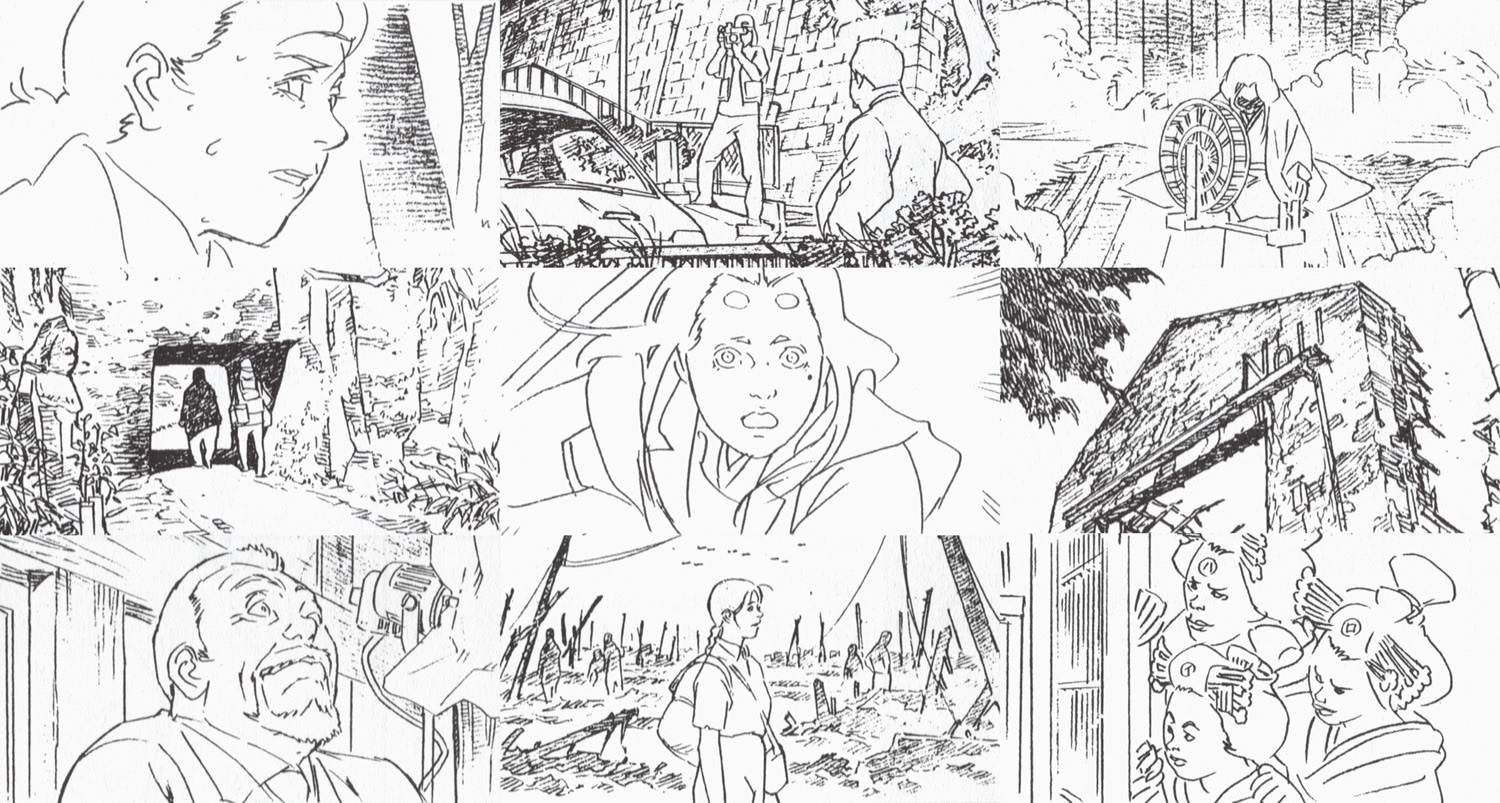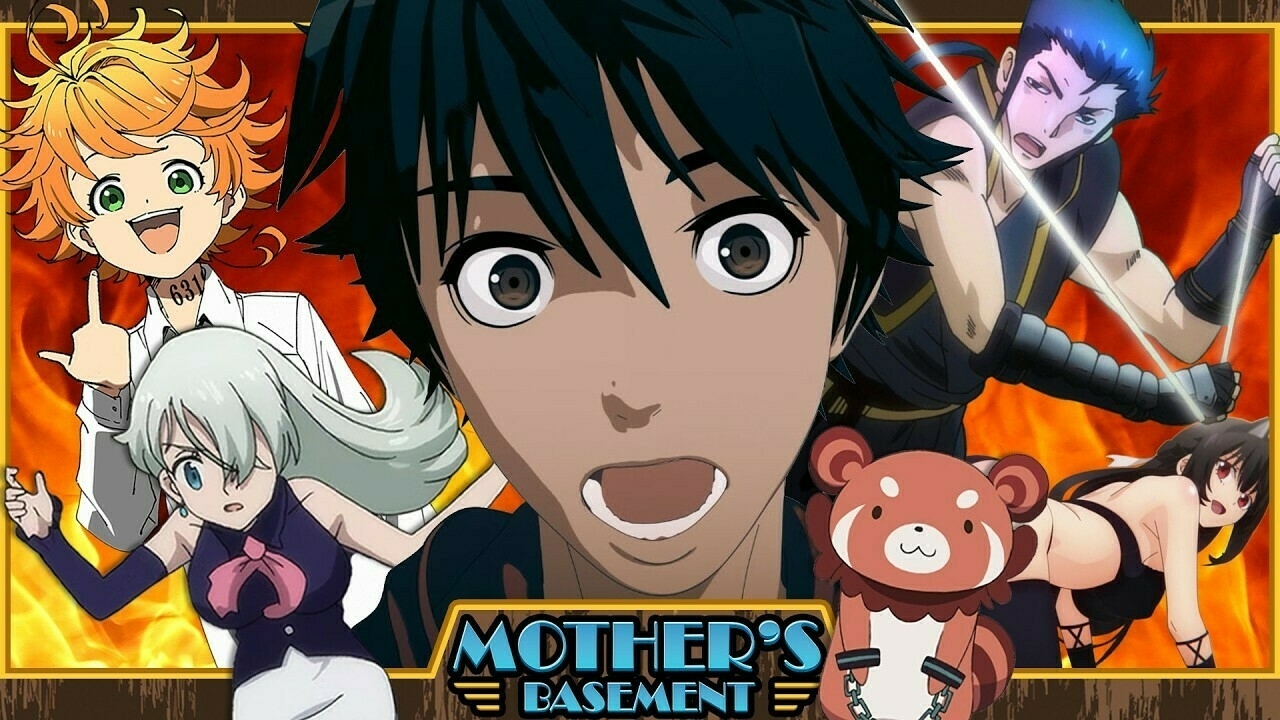Category: movies
You are viewing all posts from this category, beginning with the most recent.
Watched: TRON: Ares 🍿30 minutes into the film and I’m bored. Nothing new. Nothing interesting. Crappy dialog with painful delivery. Have a feeling I might not bother watching much more. #movies #reviews #moviereviews
#SatoshiKon is one of my favorite filmmakers of all time. His medium just happened to be #animation. #PerfectBlue. #TokyoGodfathers. #Paprika. #ParanoiaAgent. And, of course, the topic for this video, #MillenniumActress. Pancreatic cancer took him at age 46. youtu.be/1R1rOH4ws…


Oh, this is just fantastic. I can’t wait!! #SpinalTap The snake feeds upon itself!! #music #heavymetal www.youtube.com/watch
I don’t think much of #AI or expect our #capitalist overlords to do good with it, but it sure as hell can make some really funny shit 🤣 Check out what would make an amazing, if confusing, action flick. #movies #AIMovieTrailers #funny
The WORST Anime of ALL TIME - 10th Anniversary: The Complete List

Part of the payment I must make to Satan to save my soul from eternal damnation is to prepare a detailed listing of all anime that Geoff lists in his Mother’s Basement videos on YouTube. Just kidding. I do it because I love it and want to help peeps retain the font of knowledge that Geoff shares with us in his various videos. Today’s video is a comprehensive breakdown of the ten worst anime of all time. Yes, the worst of the worst or the animated equivalent of emotional torture.
NOTE: This is a list of anime series to AVOID. These shows are NOT like the Hottest Trash which you can watch because sometimes bad == good. So, please don’t watch these, unless you’re a sadist… or a masochist who wishes to inflict emotional pain on unsuspecting victims. Knowing, according to G.I. Joe, is half the battle. Be kind. Spare your mind.
Now for the list. I’m sorry:
- Rent-A-Girlfriend or How to make your entire cast unlikeable
- The Promised Neverland Season 2 which never happened and makes people really mad
- Conception: How to make babies then use them to fight wars
- Seven Deadly Sins … “Really, I blow away mountains for breakfast.” - a mountain. Oof.
- My Life as Inukai-san’s Dog which is about… um, “animal husbandry” but borderline illegal?
- The Happy Science Collection: Religious cults, brainwashing, & propaganda for children!
- The Irresponsible Galaxy Tylor. I’ve never been more ashamed, and now consider it misspelled.
- Hand Shakers or Motion Sickness: The Animation, now with more sexual perversion!
For the coup de gras Geoff combines the two worst into a Mega Worst, both of which just happen to be Crunchyroll Originals:
2 (and 1). Ex-Arm - All the Don’ts and None of the Do’s of Anime & Visual Storytelling 1 (and 2). Gibiate - Mind control agitprop films for insane people being held at CIA blacksites
Once again I feel the need to remind you of the psychological damage that you can incur from viewings of the above listed media. Please take this list as a warning and keep this guide handy when reviewing new series to add to your watchlist in order to avoid accidental damage to the psyches of you or those you care for.
For additional details, please refer to the original source: www.youtube.com/watch
I love Mobile Police #Patlabor, an #anime #mecha series unlike any other. It’s been around for a very long time and will be returning next year with Patlabor EZY. If you are new to Patlabor, check out STEVEM’s fantastic retrospective. #animation #TV #movies #scifi #mamoruoshii www.youtube.com/watch
I adore the Wachowskis 2008 cinematic masterpiece Speed Racer, but it’s taken almost two decades for most of the world to recognize its brilliance. Patrick (H) Willems latest video explains why. Also, just watch it, for the first time or again. #movies #speedracer #anime www.youtube.com/watch

I’ve been hearing very good things about Ryan Coogler’s new R-Rated film, Sinners. You can see the ratings above (or below), got an A on CinemaScore, and raked in well over $100 million globally in its opening weekend. I’m hyped! #movies #sinners #horror www.wired.com/story/sin…
Too late. Don’t care. #marvel #jumpingtheshark #movies www.slashfilm.com/1841490/m…
Yeah. It’s not that great, TBH. #Firefox, the movie and not the browser, is a fair film, but it’s not worth going out of your way to see it. I saw it in the theater when it was released and thought it was schmaltzy fun. YMMV. #film #movies www.slashfilm.com/1832419/c…